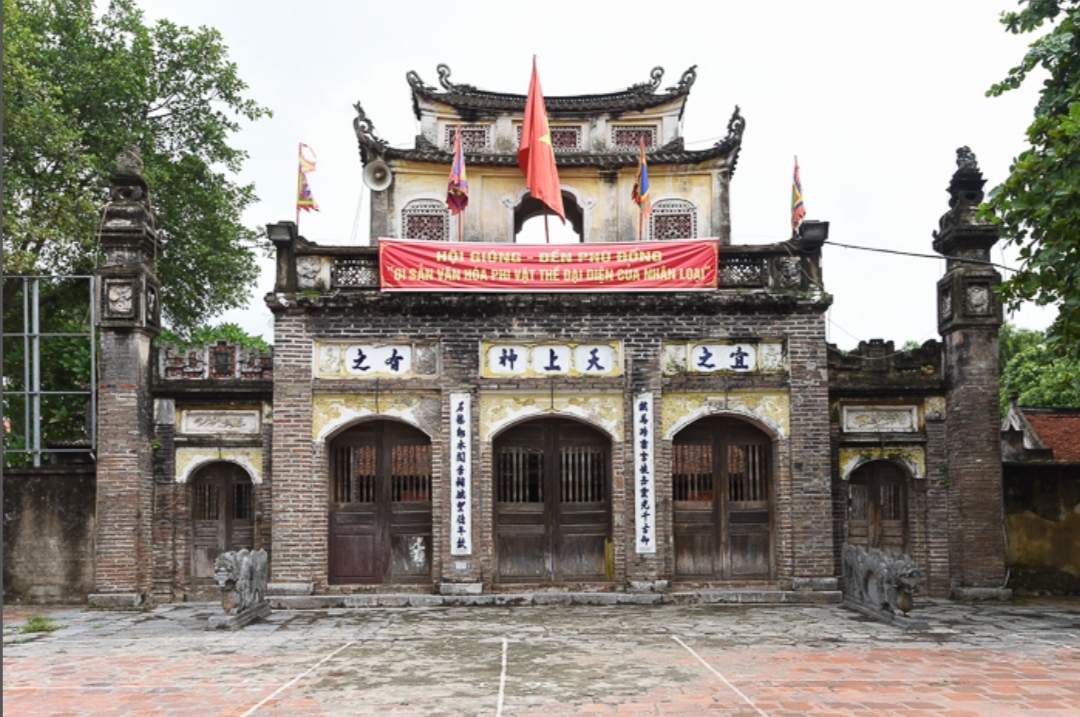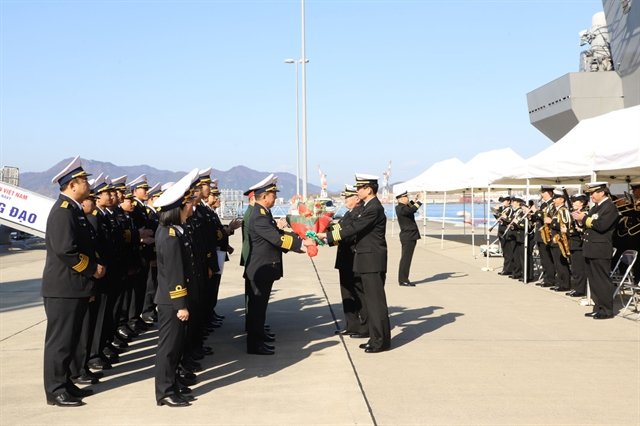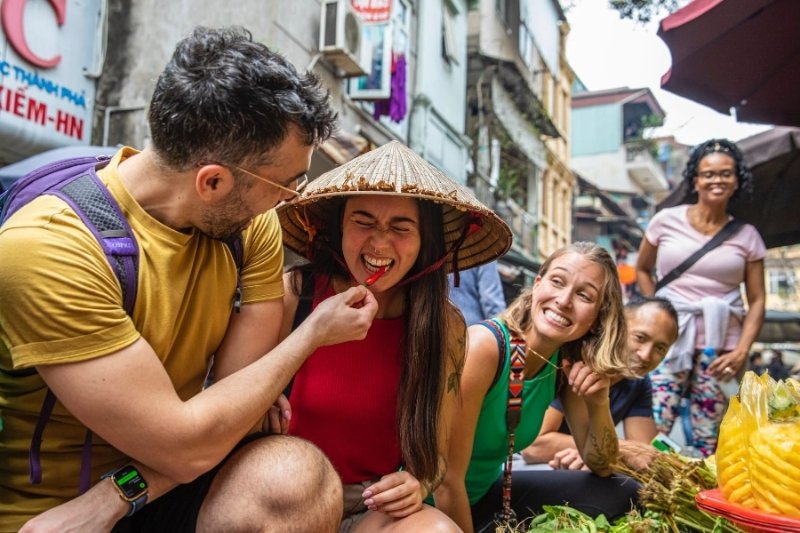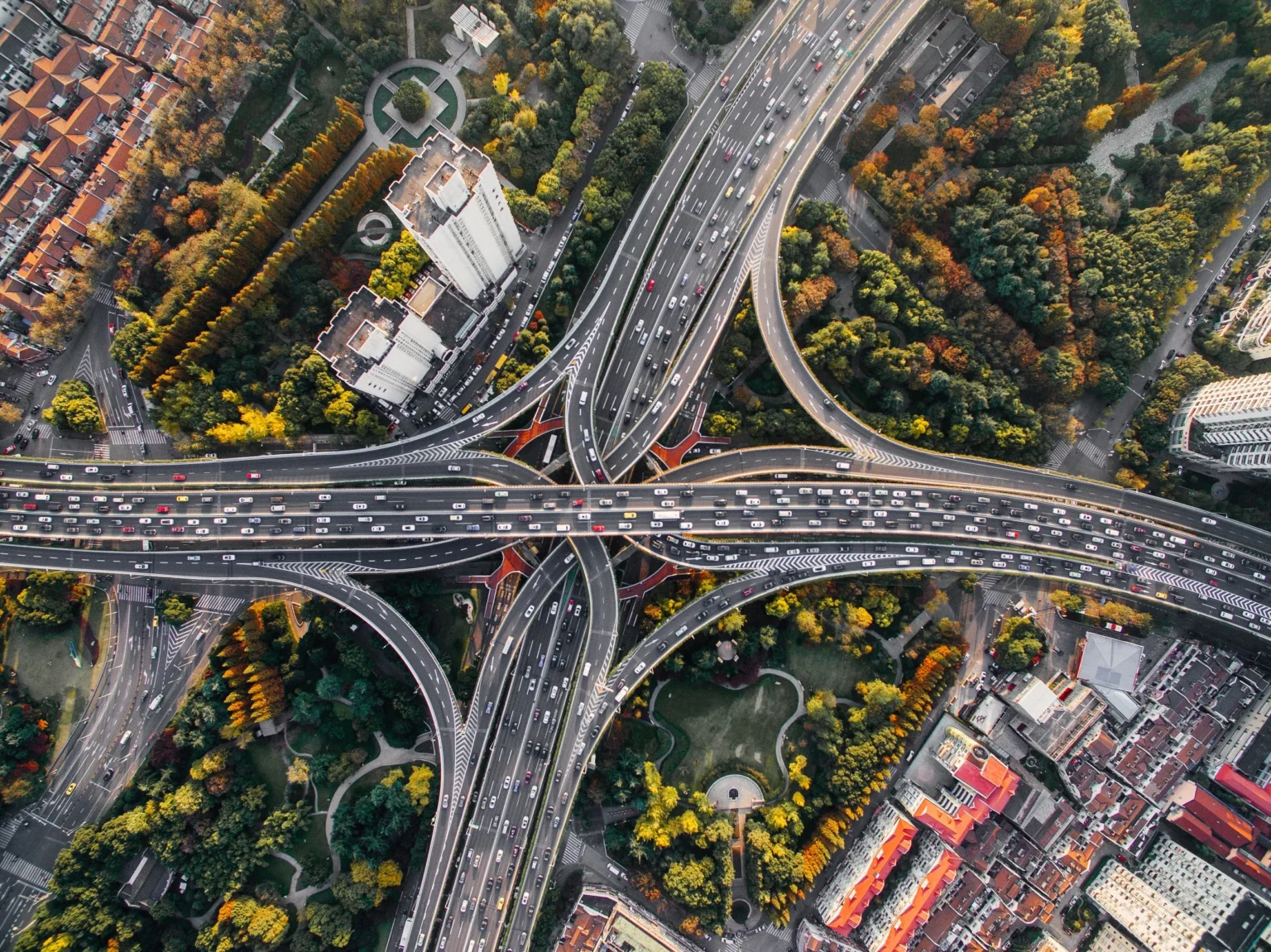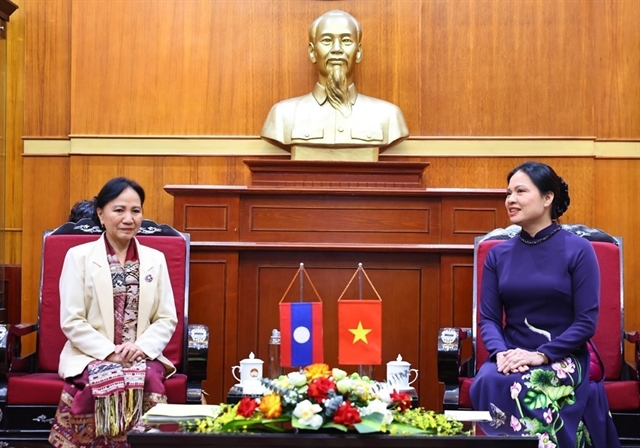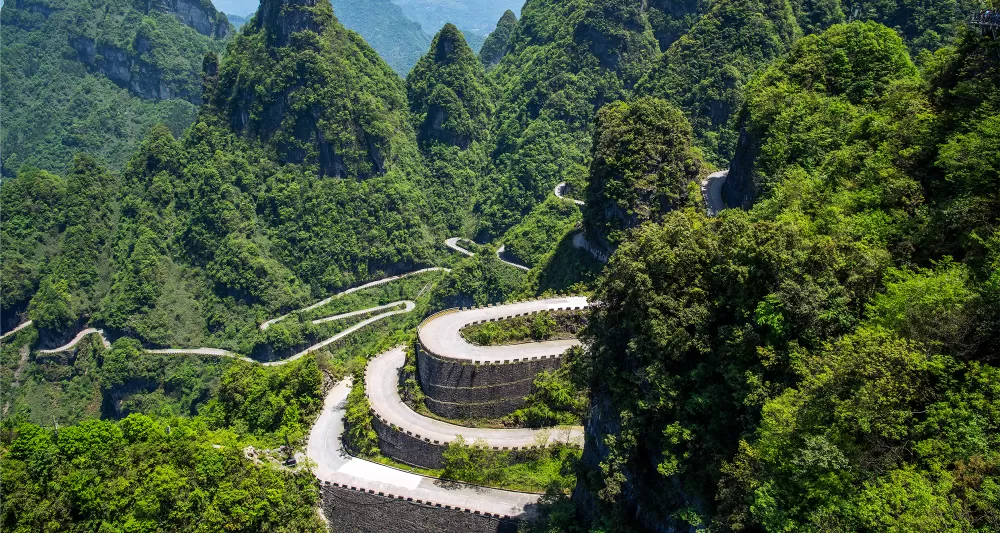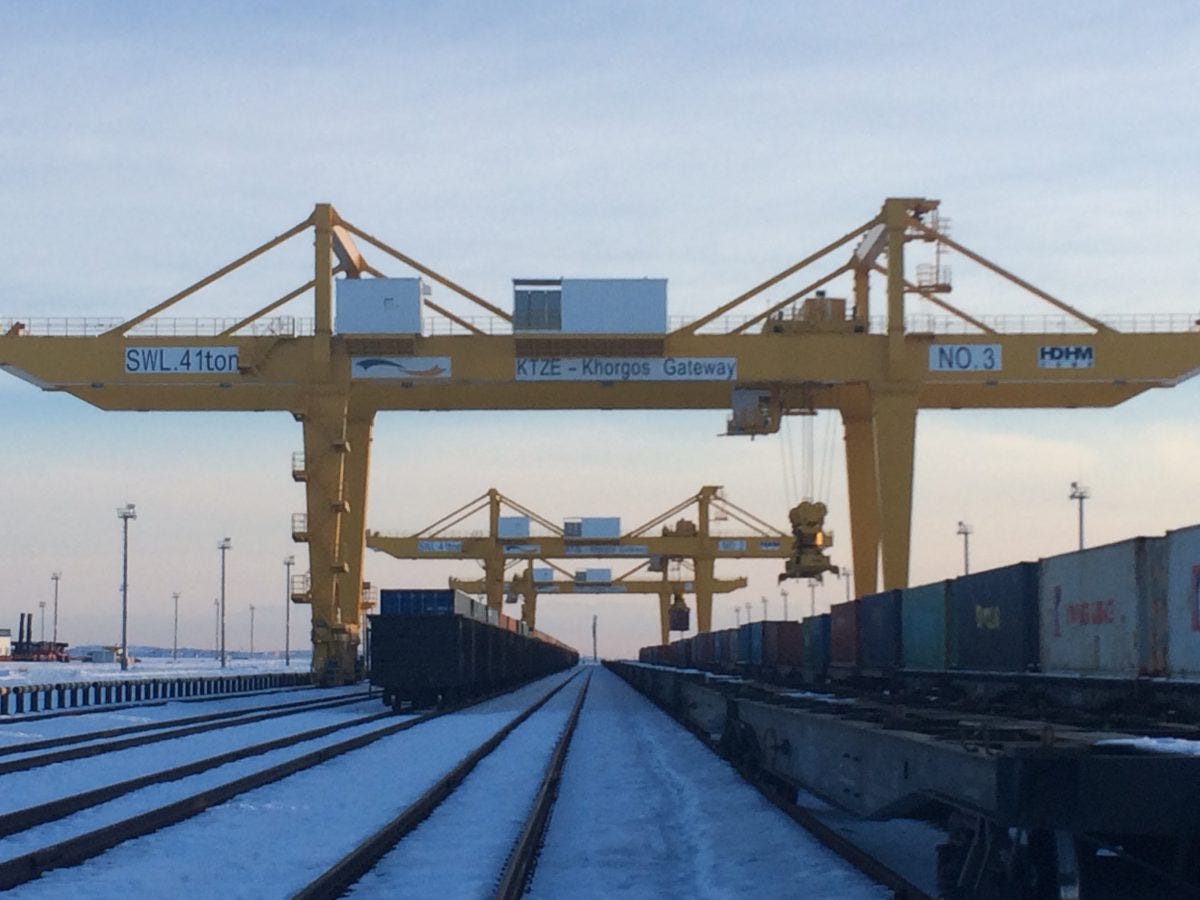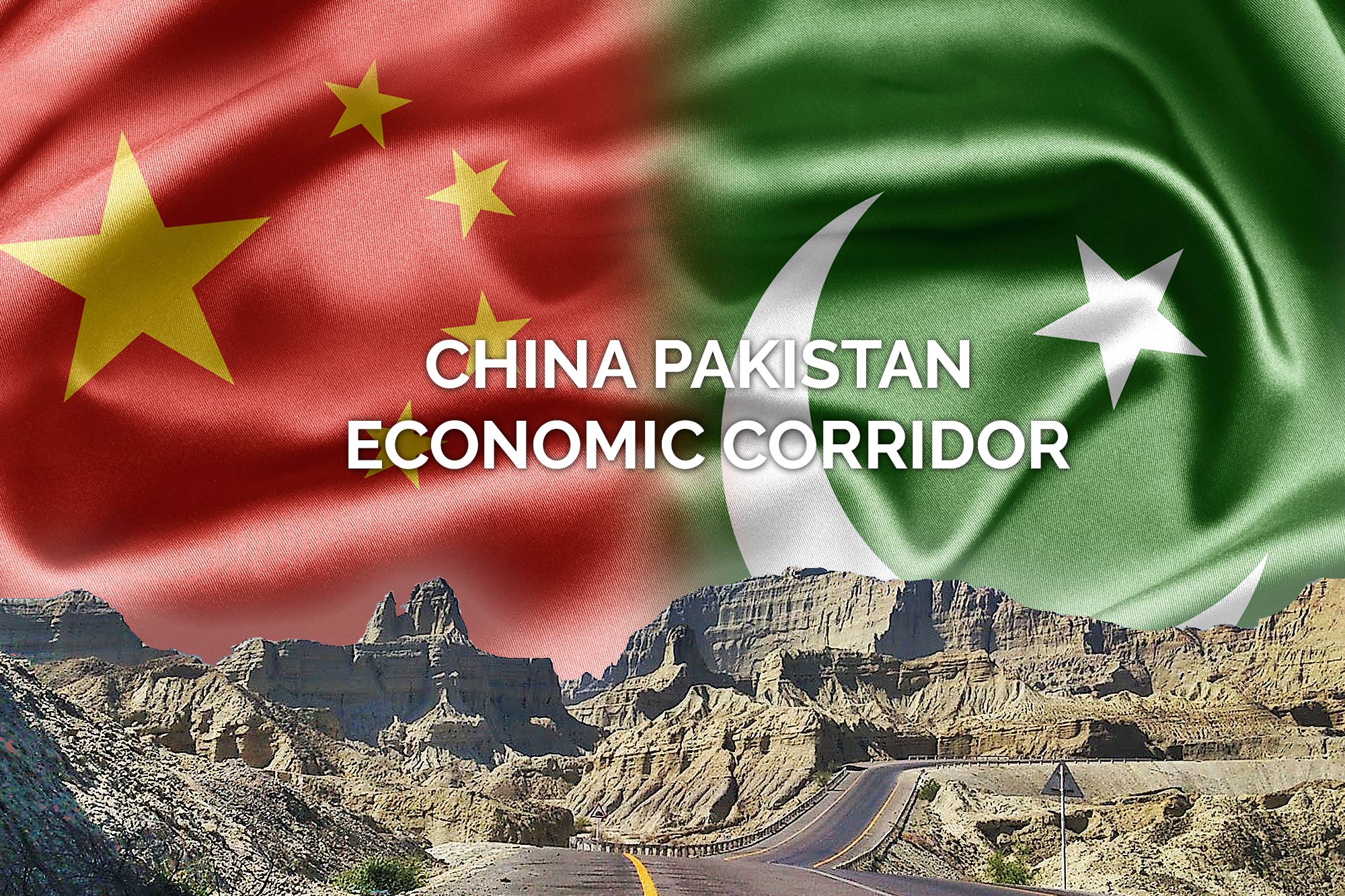Kien So Temple is a location of great historical and cultural significance in Vietnam. It lies roughly 19 kilometers east of the city of Hanoi and 900 meters northwest of the banks of the Duong River. One of the few religious buildings still standing in the Red River delta that dates back to the Chinese era before the late tenth century is this temple. Nearby temples such as Phat Tich and Dau (Phap Van) also share this ancient heritage.
Architectural Heritage of Kien So Temple
Although the origins of Kien So Temple date back to ancient times, most of the existing structures were rebuilt in the early 19th century. The reconstruction was largely carried out on the original ancient foundations, preserving the historical essence of the site. The temple’s name, “Kien So,” meaning “Place of the First Meeting,” references the monk Vo Ngon Thong, who lived there in the early 9th century.
Vo Ngon Thong: A Buddhist Scholar’s Legacy
During the Tang period, Vo Ngon Thong—originally known as Wu Yantong in China—took a difficult voyage from southern China to Phu Dong hamlet in northern Vietnam. In the latter half of the sixth century, Vinitaruci’s teachings made this area a prominent hub for Buddhist scholarship. Vo Ngon Thong practiced “Wall Contemplation” (biguan), a meditative technique derived from the teachings of the monk Bodhidharma, who was active in 6th century China.
After Vo Ngon Thong passed away in 826, his follower Cam Thanh carried on his legacy by building a stupa to hold his master’s ashes atop Mount Tien Du, guaranteeing his teachings and influence would go on in the area.
Regional Deities and Cultural Fusion
The significance of Kien So Temple is interwoven with local spiritual traditions in addition to Buddhism. This place used to be a temple dedicated to the tutelary gods of Phu Dong hamlet. The local earth spirit, Phu Dong, was venerated with the title “celestial king” and given a spacious hall at the temple’s front. This blending of indigenous gods with Buddhism is a regular occurrence; at the adjacent Dau Temple, for example, the local god of rain was worshipped as the Phap Van Buddha.
These appropriated gods had power beyond their local context. For example, during the Later Le dynasty (1428–1789), the Phap Van deity was called to Thanh Hoang (Hanoi) by Emperor Ly Nhan Tong (1072–1128) and was invoked in rain-making rites.
Ly Cong Uan and Kien So Temple
The temple is also historically notable as the place where Ly Cong Uan, the future founder of the Ly dynasty, studied during his childhood. According to legend, while residing at Kien So, it was prophesied that Ly Cong Uan would become an emperor. This prophecy came true when he ascended the throne in 1009 as Ly Thai To, initiating the reign of the first of eight Ly dynasty emperors.
Kien So Temple stands as a witness to Vietnam’s rich historical and cultural tapestry. Its blend of Buddhist and local spiritual traditions, coupled with its historical significance as a center of learning and prophecy, underscores its importance. The temple’s architectural heritage and its role in shaping the spiritual and political landscape of the region make it a site of enduring legacy and reverence.

Mr. Muhammad Ali Pasha is an analyst and expert on Central Asia, South East Asia, China, Türkiye and Middle East having experience in the field of article writing in various renowned journals and newspapers across the globe. Furthermore, he is a writer and poet.
